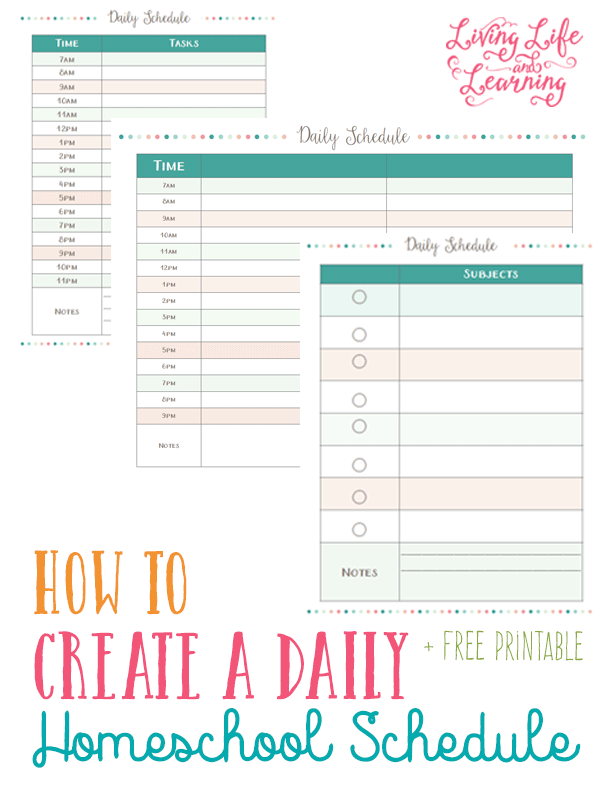
While routines are great anytime, mornings and evening are especially important. This kid’s routine chart is divided into a “Morning Routine” section and and “Evening Routine” section. Which is why this daily routine chart is set up as a checklist!īy the way, if you have a child that isn’t yet reading, I have a picture routine chart for toddlers and preschool age children. Just like when I get to cross stuff off my to-do list, my kids get a jolt of satisfaction when they get to check something off their list. I am constantly amazed at how much easier it is for my kids to follow through with a list of tasks that are written down versus just given verbally.Īs clear as we think we’re being when we tell our kids what to do, writing down what we want them to do makes it much easier for kids to understand (and remember) those expectations.Īnd you know what I’ve also found? Kids love to check off tasks when they’re done. But I’ve found that using routine charts (and chore charts) dramatically reduces how much I have to do that.īecause they make it easier for kids to understand the expectations and actually follow through.įor me, routine charts are a handy communication tool between me and my kids. I remind my kids plenty during the day–that’s parenting. Which is why I LOVE routine charts.īecause they mean I don’t have to constantly remind my children to do what they’re supposed to everyday.ĭon’t get me wrong. Personally, I hate nagging my kids (despite what they think).

But using routine charts–like this daily routine chart template–makes the process much easier. Unfortunately, in the chaos of parenthood, building great routines doesn’t always come naturally. And as a parent, routines mean more gets done with less nagging. Kids thrive when they have routines and schedules they can rely on. Arranging and coordinating materials in order to complete a task.Building great routines is a key part of creating an organized home. In this way, the child begins to develop their own sense of organization and learn what does and does not work for them when setting up a task list. The categories can be general like School or Chores, or very specific like Soccer Drill Practices. Visual Daily Schedule can help children with organizational skills because it allows them to create their own categories and place tasks within them. Organization: Arranging and coordinating materials in order to complete a task. There are no rewards or penalties in this app, so it is a good starter for children just starting to create their own task lists or beginning school/chores/extracurricular activities for the first time. In this way, the user is practicing their time management skills because they need to find the time to start an activity and then accurately gauge how long they believe the activity will take. Visual Daily Schedule requires the user to set the time of day they want to complete a task as well as the amount of time it will take to complete. Time Management: Estimating length of time for activities. Visual Daily Schedule helps kids practice and improve the following skills:
#Create daily schedule for kids free
Visual Daily Schedule is free but to use all the features requires some in-app purchases. A green bar along the bottom of the app shows how far they have progressed with a particular task and then the particular list it is housed under.

Pressing the play button starts the timer which can be paused or restarted if necessary. When the child clicks on a task to complete, they are given the option to select the length of time they will spend on this task. In this way, even younger children who are limited in reading proficiency can still create their own task lists. When creating their task lists, children can create these items using text, stock images from the app itself, or photos/images from your mobile device. If an already existing list needs to be copied, children can do this easily by clicking on the import existing list tab. For children using organizational apps for the first time, templates can be used to generate a list of tasks that can be edited and adjusted. The child can create general categories and then add subcategories within them in order to keep all of their items organized and separate. Visual Daily Schedule is an app for children to create task lists and learn to manage their time.


 0 kommentar(er)
0 kommentar(er)
